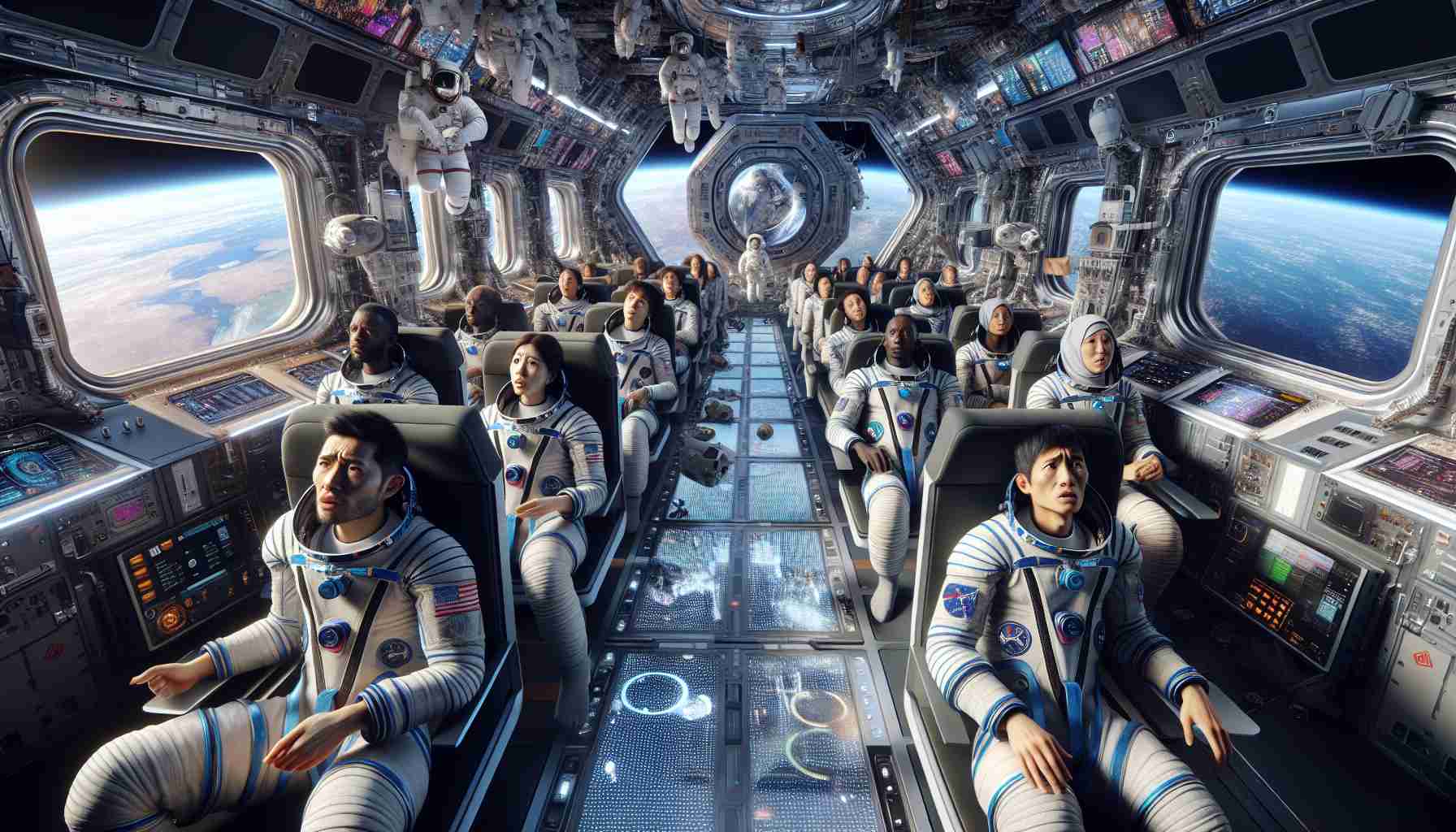Stranded in Zero Gravity
Astronauts onboard the International Space Station are facing unexpected health challenges, with one crew member experiencing issues with their vision due to prolonged exposure to microgravity. This health condition, known as Spaceflight Associated Neuro-ocular Syndrome (SANS), disrupts fluid distribution in the body, leading to vision problems and potential structural changes in the eye.
Alternative Return Strategies
As the astronauts are unable to return using the Starliner capsule, a new plan is being considered to bring them back to Earth using SpaceX’s Crew Dragon capsule. This extended mission was initially planned to last only 8 days but may now span over 8 months, culminating in a return in February 2025 instead of the original September 2024 schedule.
Compatibility Challenges
NASA is also grappling with the issue of incompatible space suits for the return journey. The suits designed for the Starliner capsule do not align with the configuration of the Crew Dragon, necessitating a potential switch to SpaceX suits. If the astronauts do return via the Crew Dragon, they will have to leave their current suits behind at the ISS and don new SpaceX suits upon departure.
Urgent Decision-Making
With the added urgency of health concerns, a decision on the return plan for the stranded astronauts is expected before the end of August. The complexity of the situation highlights the unpredictable nature of space travel and the need for flexibility in addressing unforeseen challenges.
New Health Risks Unveiled for Astronauts in Prolonged Space Missions
As the stranded astronauts aboard the International Space Station grapple with the repercussions of extended exposure to microgravity, new health concerns are surfacing beyond the realm of Spaceflight Associated Neuro-ocular Syndrome (SANS).
Understanding the Effects of Prolonged Space Stay
One crucial question that arises is how long-duration space missions impact the human body beyond known conditions like SANS. Studies indicate that prolonged space travel can weaken the immune system, affect bone density, and potentially lead to muscle degeneration due to reduced gravity conditions. How these factors interplay with existing health risks poses a significant challenge for astronauts stranded in space.
Technological Adaptations for Health Monitoring
An important consideration is the development of advanced health monitoring technologies to assess and address emerging health issues among astronauts in real-time. Integrating artificial intelligence and remote diagnostic tools can aid in the early detection of health anomalies, enabling timely intervention to mitigate risks to the astronauts’ well-being.
Psycho-social Impacts of Extended Isolation
Beyond the physical health risks, the psychological and emotional toll of prolonged isolation in space is a critical aspect that warrants attention. How astronauts cope with extended periods of confinement and separation from loved ones raises questions about the psychological support systems in place and the long-term mental well-being of crew members stranded in space.
Advantages and Disadvantages of Extended Space Missions
Advantages:
– Extended missions provide opportunities for in-depth scientific research and experimentation in microgravity environments.
– Prolonged space stays can offer valuable insights into the effects of space travel on human physiology and adaptation.
Disadvantages:
– Increased health risks associated with prolonged exposure to microgravity and cosmic radiation.
– Challenges in maintaining crew mental and emotional well-being over extended durations in isolated space environments.
In navigating the complexities of extended space missions and addressing the multifaceted health concerns that arise, collaboration between space agencies, medical experts, and technological innovators is paramount to safeguarding the health and safety of astronauts embarking on long-duration space expeditions.
For more information on the latest developments in space health research and astronaut well-being, visit NASA’s official website.



